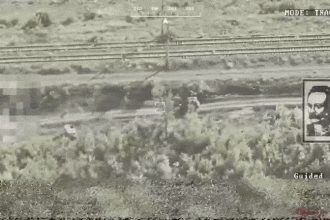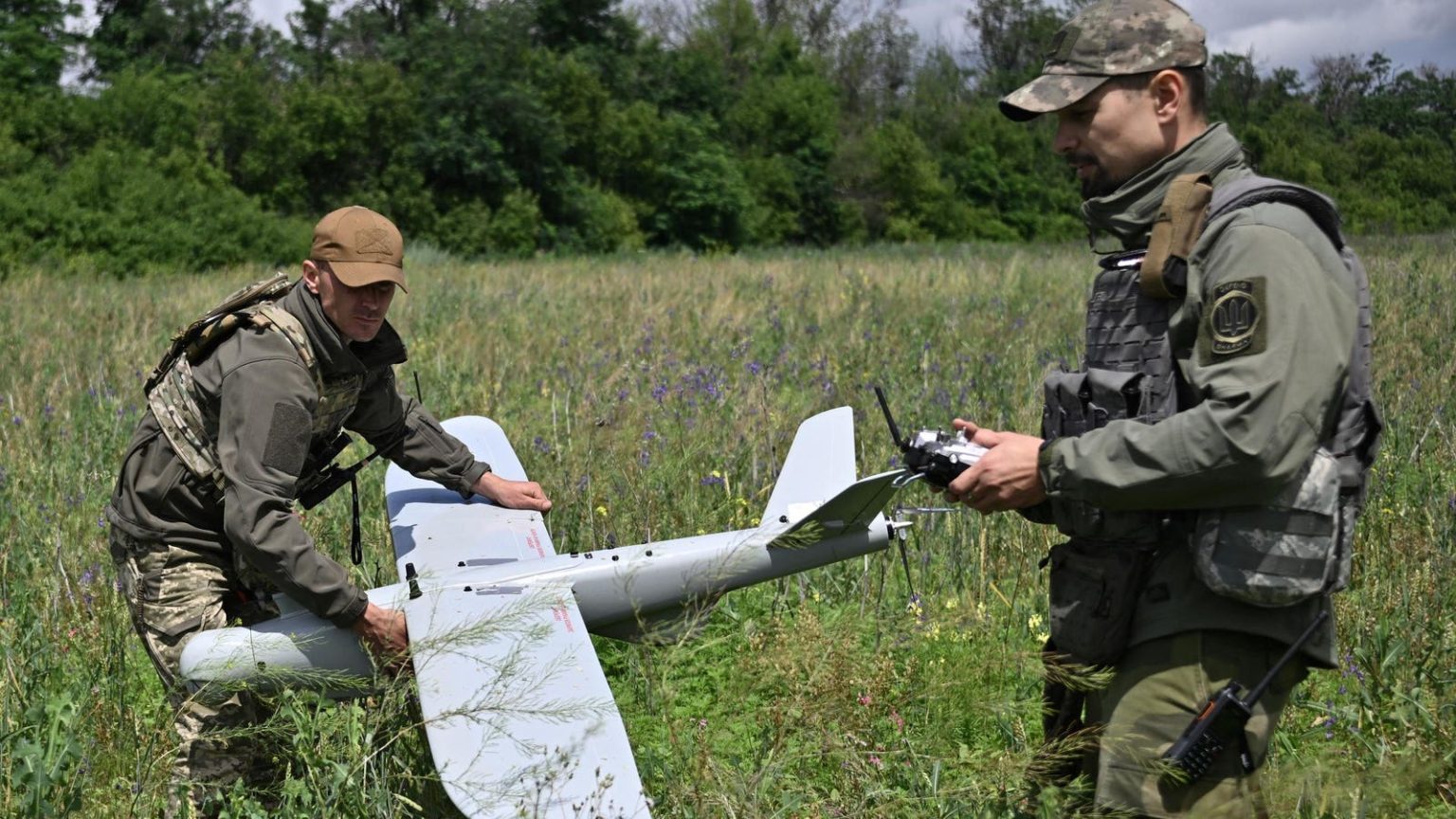Drones are playing a key role in the Russia-Ukraine war, where battles are being won by whichever side has superior drone technology. As the war transitions into its next phase, the Russian military has begun a new offensive operation, and Ukrainian forces are assuming a defensive posture. At this juncture, Ukraine appears to hold the upper hand in drone warfare, which has allowed them to effectively thwart this new Russian offensive.
This offensive comes on the heels of the Ukrainian counter-offensive, which provided few gains for the Ukrainians. Meanwhile, the Russian forces were hunkered down behind thick defenses, using this time to reinforce their units with personnel and equipment in preparation for this renewed offensive, which is now in its initial stages. Recent weeks have seen Russian forces intensifying their efforts around the towns of Kupyansk and Krokhmalne in the Lunhansk Oblast, while also making pushes around Avdiivka in the Donetsk Oblast.
However, Russian forces have achieved minimal gains in these initial operations, primarily due to an inability to concentrate their forces. Offensive operations rely on concentrating forces against weak points in the defensive lines. The Russian forces have been unable to concentrate their forces due to Ukrainian drone attacks. Ukrainian drones have been successfully targeting any Russian element that is battalion-sized or larger, even those in rear locations. Moving closer to the front, the drones are striking company-sized elements, forcing the Russians to attack in dismounted platoon-sized elements supported by tanks and artillery that are far behind them. For the Russians, their inadequate command and control system further limits these platoon-sized elements from synchronizing their attacks, further limiting their effectiveness.
Ukraine is able to perform these attacks since their current drones are able to precisely target Russian units while avoiding Russian counter-drone systems. To achieve this, Ukraine has rapidly evolved its drones by swiftly integrating new technologies. Two years ago, Ukrainian forces relied heavily on the TB-2 Bayraktar; today, the Ukraine military have a very diverse portfolio of drones in their arsenal.
While many of these systems were purchased from foreign countries or included in foreign aid packages, a large number of Ukrainian drones are domestically manufactured. Since the start of the war, the number of Ukrainian drone companies has grown from seven to eighty. These companies have churned out a number of drones for the Ukrainian military. The more common Ukrainian systems are the A1-CM Fury, ASU-1 Valkyrja, and the Leleka-100. Mixed in with these are a number of less common domestically produced drones, from a range of companies including Saker, Spaitech, and Ukrspecsystems.
Ukrainian drone production is in stark contrast with Russia, who has been focused on mass-producing their drones, especially their loitering munitions. The requirements for mass production inherently results in drones that are not as flexible in design, focusing on the quantity of drones over their adaptability. While quantity matters in a war of attrition, counter-drone technology is evolving very rapidly, so drones need to be able to adapt to changes in systems.
Throughout the war, Russia has held dominance in the counter-drone space. However, counter-drone systems, especially the electronic warfare systems favored by the Russians, often target vulnerabilities that are unique to a specific drone model. As such, Russia is facing challenges in this space since they have to adjust their equipment for a variety of different Ukrainian drones. Regardless, Russia is likely to soon deploy updated electronic warfare technology that would be effective against the bulk of the Ukrainian drones. While the Ukrainian drone companies adapt their drones to be resilient to the Russian systems, Russian forces would be able to freely maneuver and conduct their offense. To avoid this from happening, Ukrainian drone companies must stay a step ahead of Russian counter-drone technology, a challenging requirement. Ukraine will be getting some help on this, as a U.S. led coalition announced an initiative this week to help bolster Ukraine’s drone development capabilities.
Given the nature of the war, both sides have attempted to establish dominance in drone technology. While at times the Russian military had dominance in this domain, the Ukrainian military currently has the advantage. This advantage is primarily due to the large number of Ukrainian drone companies that have been innovating new drone technology. Ukraine will need to continue to innovate new drone technology and stay ahead of Russian counter-drone technology to continue to subdue the new Russian offensive.
Read the full article here





